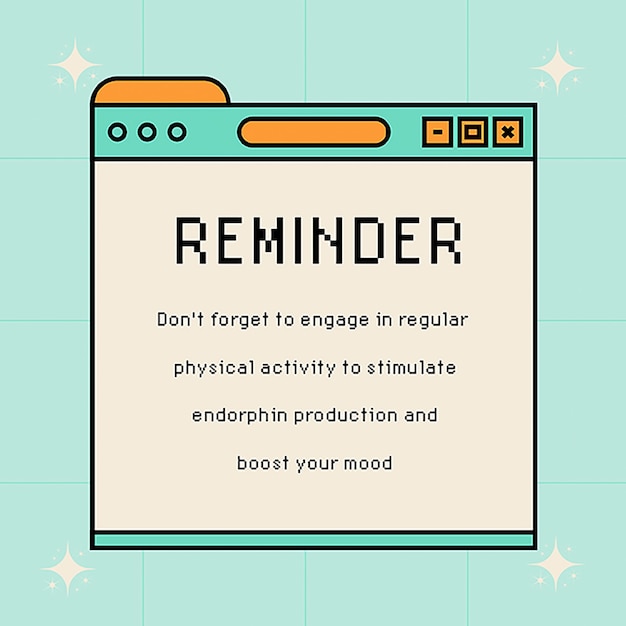Running a business is a bit like walking a tightrope. You’ve got to balance the thrill of success with the risk of falling flat on your face. One way to make that walk a little less wobbly is by using disclaimers. These simple statements can be a lifesaver when it comes to legal issues. Slap them on your website, products, or contracts, and you’ve got an extra layer of protection.
So, what’s a disclaimer? It’s a statement that sets boundaries on your legal responsibilities. Say you sell a product. Your disclaimer might say that you’re not liable if someone uses it wrong, ignoring the instructions. Or maybe you’re sharing advice or opinions. A disclaimer can limit your liability there too. Some disclaimers are legally required, others are just smart to have. You can even make a funny one for your emails if you don’t want to sound too serious.
Writing a disclaimer is a bit of an art. You need to be clear and comprehensive, but not so wordy that people lose interest. Here’s how to do it:
- Keep it simple: Use plain language that your audience can understand. Avoid legal jargon or complex terms.
- Set boundaries: Clearly state what you’re not responsible for. If you’re giving advice, make it clear it’s not a substitute for professional help. If you’re selling products, explain what happens if they’re used incorrectly.
- Cover all bases, but keep it short: Make sure you’ve covered everything, but don’t make it so long that people won’t read it.
- Make it relevant to your business: Generic disclaimers might not cover everything you need. Make sure your disclaimer fits your business like a glove.
- Use online tools as a starting point: Online disclaimer generators can give you a good starting point, but make sure to tweak them to fit your needs.
- Get legal advice: If you’re in a heavily regulated industry, or dealing with complex liability issues, get a lawyer to check over your disclaimer.
- Keep it updated: Laws change, businesses evolve. Make sure your disclaimer keeps up.
Customizing your disclaimer is crucial. One size doesn’t fit all here. Your disclaimer needs to reflect your business, your products, your services, and how you interact with customers. If you’re online, include stuff about online transactions and digital content. If you’re service-based, focus on outcomes, client responsibilities, and the limits of your advice. Check out legal requirements for your industry to make sure you’re covered.
There are lots of different types of disclaimers, depending on what you need. Here are a few examples:
- Responsibility disclaimer
- Fair use disclaimer
- Past performance disclaimer
- Copyright disclaimer
- Warranty disclaimer
- Risk disclaimer
- Medical disclaimer
- Errors or omissions disclaimer
Legal considerations are important too. Disclaimers are great, but they’re not a magic bullet. Courts will look at how clear, visible, and reasonable your disclaimer is. If it’s too broad or hidden away, it might not stand up in court. This is especially important in regulated sectors like healthcare or finance. Getting legal advice can help make sure your disclaimer is up to scratch.
So, do you need a disclaimer? Most businesses do, especially if you’re using copyrighted material or giving professional advice. Where should it go? It needs to be somewhere visible. That could be your website footer, a separate page, product pages, or in your terms and conditions.
Remember to keep your disclaimer updated. Businesses change, laws change, risks change. Make sure your disclaimer keeps up. Review it regularly, especially if there are big changes in your business or the law. Get legal advice to make sure it’s still doing its job.
In conclusion, running a business is risky. But with a well-crafted disclaimer, you can limit those risks and protect your business. Whether it’s setting boundaries for product use or clarifying the limits of your advice, a good disclaimer can help avoid legal headaches. It’s not just about covering your back, it’s about building trust with your customers. So take the time to get it right. It’s worth it.



